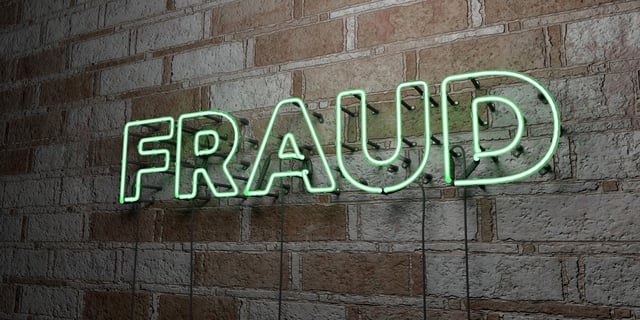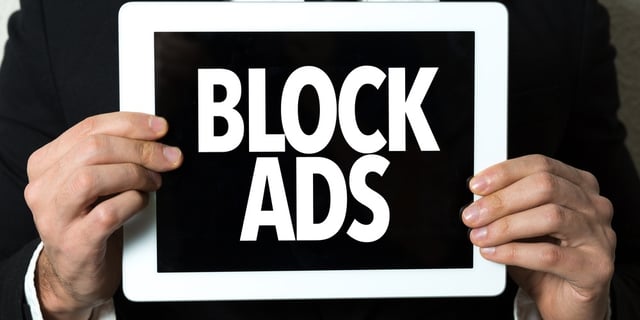
This week's review of ad fraud and quality in the digital advertising space.
 According to MediaPost, citing an Infectious Media study, “ad fraud is the biggest industry issue.” The article notes: “33% of marketers say they are troubled by ad fraud, with brand safety next (picked by 26%) followed by viewability (21%), transparency (17%) and geocompliance (3%).” Similarly, 44% of publishers say ad fraud is the biggest problem — more than double their next-biggest problem (transparency, at 18%).
According to MediaPost, citing an Infectious Media study, “ad fraud is the biggest industry issue.” The article notes: “33% of marketers say they are troubled by ad fraud, with brand safety next (picked by 26%) followed by viewability (21%), transparency (17%) and geocompliance (3%).” Similarly, 44% of publishers say ad fraud is the biggest problem — more than double their next-biggest problem (transparency, at 18%).

According to eMarketer, “168.1 million people in the US will use an internet-connected TV this year, up 10.1% over 2016.” With consumer use growing, marketers will continue to spend more in the space. Recent eMarketer estimates say that programmatic TV spend will grow over 75% this year, despite the fact the space is still not fully understood by many in the industry.

In an op-ed on Advertising Age, Patrick Hopf, co-founder and president at SourceKnowledge, makes the case against blockchain solving the ad industry’s verification concerns. Hopf notes that blockchain’s technology is too slow. Blockchain's tech processes five transactions per second right now, versus the millions processed by ad exchanges. Hopf makes the case for using the IAB’s Ads.txt instead, but it should be noted that the initiative has been slow to take off.

According to AdExchanger, the market for ad-blocking companies is heating up as fed-up consumers continue to seek options to improve the quality of their web browsing experience. This is all part of the larger industry-wide discussion around quality. Marketers need to understand what works and what doesn’t within the context of what consumers are comfortable with. Working with an ad verification and measurement company can help them achieve this goal.

“Ad tech has AI fever,” wrote Digiday, before adding that “AI … products are weak at preventing ad fraud.” The article added, “Although the tech behind AI products might be advanced, the AI still looks for standard fraud patterns, which fraudsters can easily circumvent."
Sign up for our blog to stay updated with new stats, trends, and analysis on digital ad fraud.
*By entering your email address and clicking Subscribe, you are agreeing to our Terms of Use and Privacy Policy.
These Stories on Weekly Recaps
*By entering your email address and clicking Subscribe, you are agreeing to our Terms of Use and Privacy Policy.

Disclaimer: The content of this page reflects Pixalate’s opinions with respect to the factors that Pixalate believes can be useful to the digital media industry. Any proprietary data shared is grounded in Pixalate’s proprietary technology and analytics, which Pixalate is continuously evaluating and updating. Any references to outside sources should not be construed as endorsements. Pixalate’s opinions are just that - opinion, not facts or guarantees.
Per the MRC, “'Fraud' is not intended to represent fraud as defined in various laws, statutes and ordinances or as conventionally used in U.S. Court or other legal proceedings, but rather a custom definition strictly for advertising measurement purposes. Also per the MRC, “‘Invalid Traffic’ is defined generally as traffic that does not meet certain ad serving quality or completeness criteria, or otherwise does not represent legitimate ad traffic that should be included in measurement counts. Among the reasons why ad traffic may be deemed invalid is it is a result of non-human traffic (spiders, bots, etc.), or activity designed to produce fraudulent traffic.”

